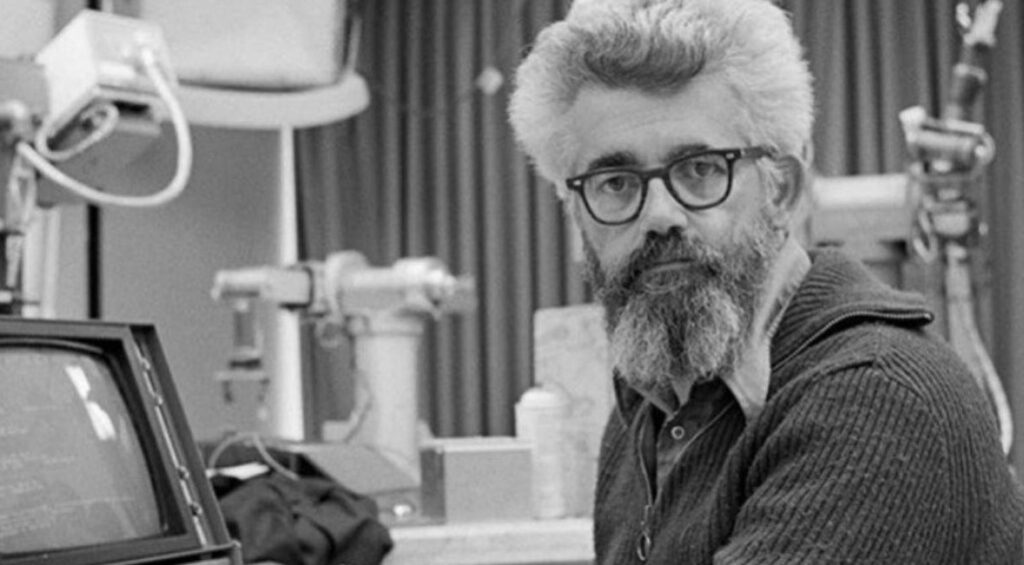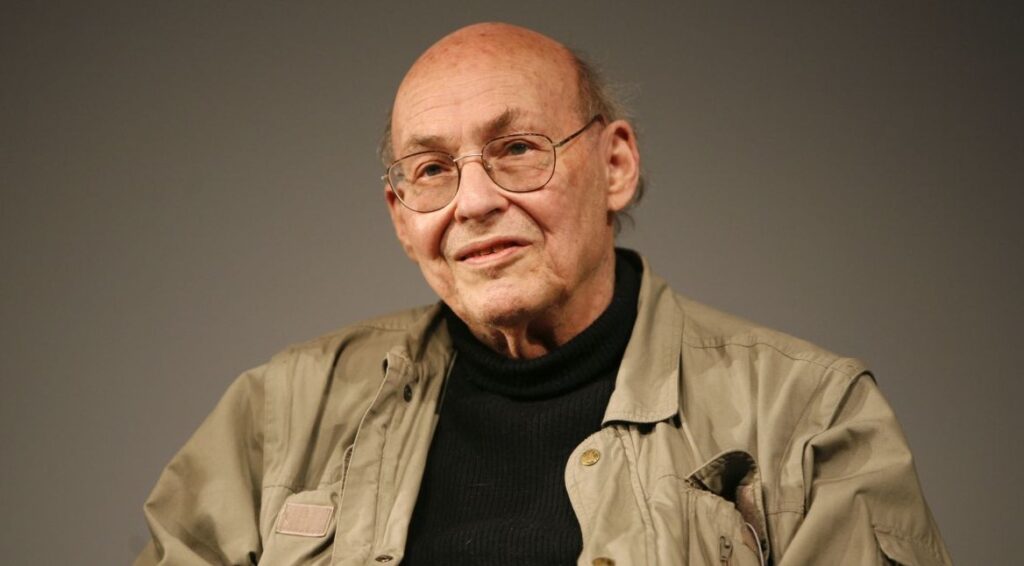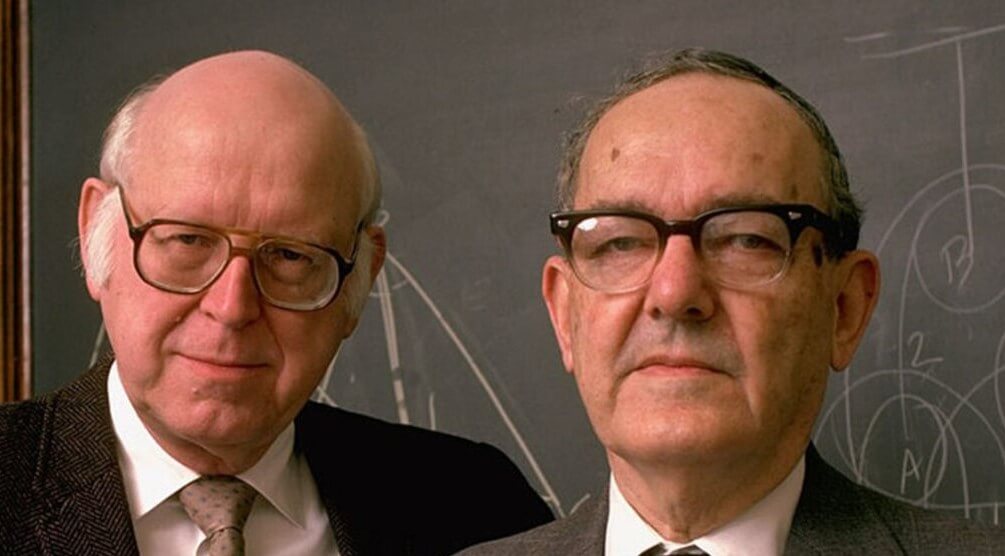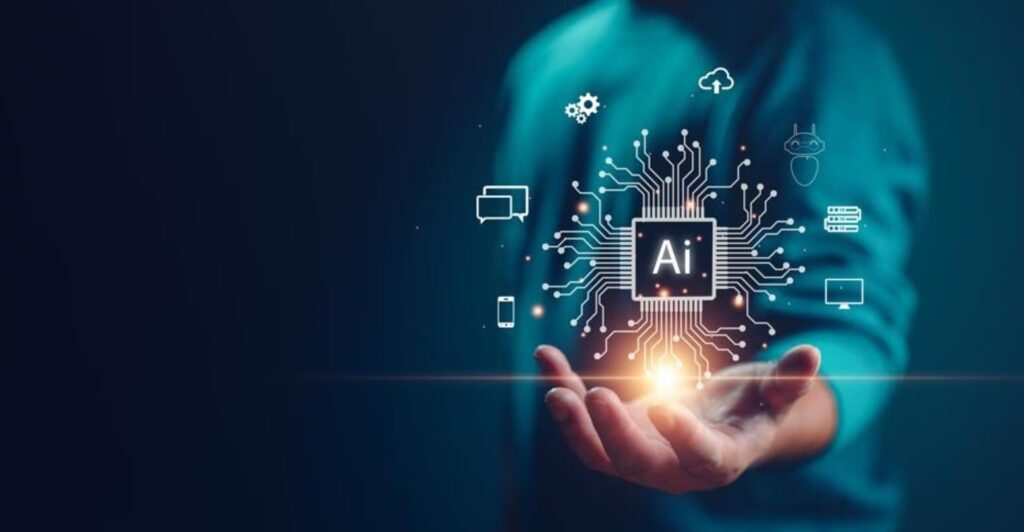The field of artificial intelligence has undergone a surprise turn of events and progression in many years, forming how we associate with improvement. At the center of this transition are visionary individuals who lay out the basis for artificial intelligence’s development. In this essay, we delve into the initial points of man-made information, analyzing the individual frequently described as the “Father of PC-based knowledge” and his unmistakable accessories who contributed through and through to this essential subject.
The Father of Artificial Intelligence: John McCarthy

While discussing the beginning phases of PC-based knowledge, the name John McCarthy unendingly comes to the front. John McCarthy, an American PC scientist who came into the world on September 4, 1927, is largely considered the Father of PC-based knowledge in light of his major duties and powerful work in the sector.
In 1956, McCarthy composed the Dartmouth Studio, a key event that emphasized the presentation of duplicated knowledge as an enlightened discipline. It was at this session that McCarthy proposed the word “modernized thinking,” giving a uniting notion to professionals handling machinery fit for a crisp approach to performing. His initiatives established the framework for artificial intelligence research and propelled eras of specialists to explore the conceivable consequences of robots that could reenact human information.
Partners and Associates
While John McCarthy expected an earnest part in depicting man-made knowledge, he was following some great people’s example to determine its bearing. He collaborated with a couple of obvious individuals who further developed the field:

Marvin Minsky: A respected mental expert and PC scientist, Marvin Minsky assisted with laying down the Massachusetts Association of Development’s (MIT) man-made insight lab. He committed to mimicking knowledge, notably in the region of cerebrum associations and high-level mechanics. Minsky’s experiences and commitment to artificial intelligence study entirely progressed the appreciation field could comprehend how information might be reenacted.

Allen Newell: and Herbert A. Simon: This outstanding group encouraged the Reasoning Researcher, a PC software suited for demonstrating mathematical speculations. Their work set the groundwork for decisive thinking using computers, preparing for the growth of replicated knowledge structures that may mirror human reasoning cycles.
References and Effects of Artificial Intelligence
The route of recreating knowledge’s pioneers was fashioned by a tremendous number of references and consequences. A piece of the essential references that coordinated their urgent work include:
Alan’s Turing Test: The idea of a machine being good for human-like cognition owes its basic establishment to Alan Turing’s key work on the Turing Test. Proposed in 1950, the test analyzes a computer’s capacity to display a human-like conversational style of acting, sparking discussions regarding machine information.
Warren McCulloch and Walter Pitts’ Cerebrum Associations: In 1943, McCulloch and Pitts created false mind networks as a way of showcasing human brain capacities. This starting effort laid out the preparation for contemporary simulated intelligence and important learning calculations.
Isaac Asimov’s Laws of Mechanical Innovation: While not a particular reference, Asimov’s science fiction book incorporating the Laws of Mechanical Innovation substantially impacted man-made information skilled experts. These recommendations incited issues regarding ethics and organization in man-made reasoning development.
Summary:

The adventure to knowing man-made consciousness’ starting points drives us to John McCarthy, the Father of PC-based knowledge, and his companions who arranged for this extraordinary field. As we ponder about the developments in mimicked knowledge now, it’s vital to see the vision and responsibility of these pioneers, whose obligations continue to build our mechanical scene. From the Dartmouth Studio to the evolution of cerebrum associations, their entire activities set up for man-made knowledge’s advancement into the powerful discipline it is today.
In the area of advancement, artificial intelligence (PC-based knowledge) stays as a show of human turn of events, influencing how we connect with computers. At the focal point of artificial intelligence’s starting point lie crucial visionaries who constructed its groundwork. This article plunges into the start of artificial intelligence, discovering comprehension into the renowned individual hailed as the “Father of reenacted insight” and the compelling accessories who controlled its turn of events.
Meet John McCarthy, the beginning American PC specialist brought into the globe on September 4, 1927. Loved as the Father of recreated knowledge, McCarthy’s tremendous responsibilities and moderate labor in the field have made a highly durable engraving. The incredibly crucial occasion occurred in 1956 when McCarthy composed the Dartmouth Studio – a defining moment that established man-made reasoning as an understanding discipline. It was at this intersection that he presented the term “man-made cognizance,” an idea that unified professionals seeking to develop keen machines. McCarthy’s legacy spans time, motivating centuries to unravel the capacity of robots to imitate human intellect.
In any event, McCarthy’s cycle was everything apart from lonely. Accomplices of extraordinary level clasped hands to push replicated knowledge:
Marvin Minsky: An expert in mental science and computer programming, Minsky aided with laying out MIT’s man-made knowledge study area. His large encounters altered the field, especially in mind associations and mechanical innovation, extending how we could discern artificial intelligence.
Allen Newell and Herbert A. Simon: This strong pair spawned the Reasoning Researcher, a PC software that dealt with mathematical hypotheses. Their leading turns out ready for machine-based decisive reasoning and set up for man-made knowledge structures mirroring human reasoning cycles.
These trailblazers found inspiration and heading in crucial references that influenced their inclinations:
Alan’s Turing Test: Envisioned in 1950, Turing’s test looks at a computer’s capacity to reflect human-like dialogues, safeguarding machine information.
Warren McCulloch and Walter Pitts’ Mind Associations: In 1943, McCulloch and Pitts created fake cerebrum associations, a herald to current man-made intelligence and important learning calculations.
Isaac Asimov’s Laws of Mechanical Innovation: Asimov’s famed Laws of Mechanical Innovation, but without exact references, goaded discourse about ethics and organization in PC-based knowledge advancement.
As we accept the present recreated insight ponders, it’s vital to commemorate these pioneers – McCarthy, Minsky, Newell, Simon, and the effects that molded them. Their responsibilities structure the foundations of imitated insight’s turn of events, driving us towards a future where the cutoff points between human information and machine restrictions continue to fog.
Disclaimer: The information supplied on this page depends upon study up to September 2021 and is susceptible to future developments with extra movements in the field of PC-based knowledge.
